Membrane Transporter/Ion Channel
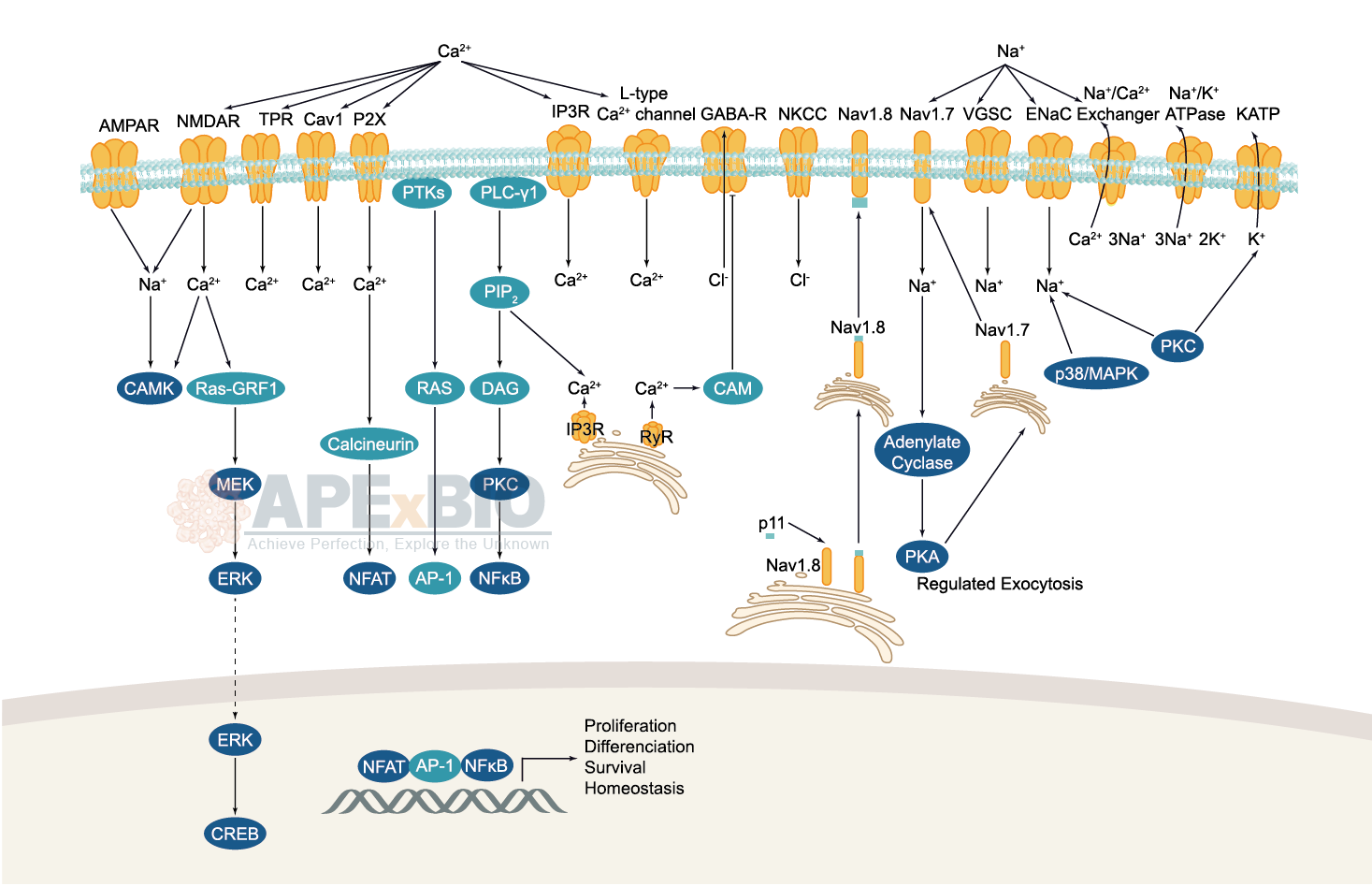
Ion channels are pore-forming membrane proteins which allow the flow of ions across the membrane. The ion channels can be broadly grouped into six families including calcium channels, chloride channels, potassium channels, sodium channels, gap junction proteins and porins. Not all ion channels are gated, such as certain type of K+ and Cl– channels, transient receptor potential superfamily of cation channels, the ryanodine receptors and the IP3 receptors, but most Na+, K+, Ca2+ and some Cl– channels are all gated by voltage. Ligand-gated channels are regulated in response to ligand binding (e.g. neurotransmitters signaling). These ligand-gated neurotransmitter receptors are known as ionotropic receptors. Various neurotransmitters couple to ionotropic receptors such as glutamate, acetylcholine, glycine, GABA, and serotonin.
-
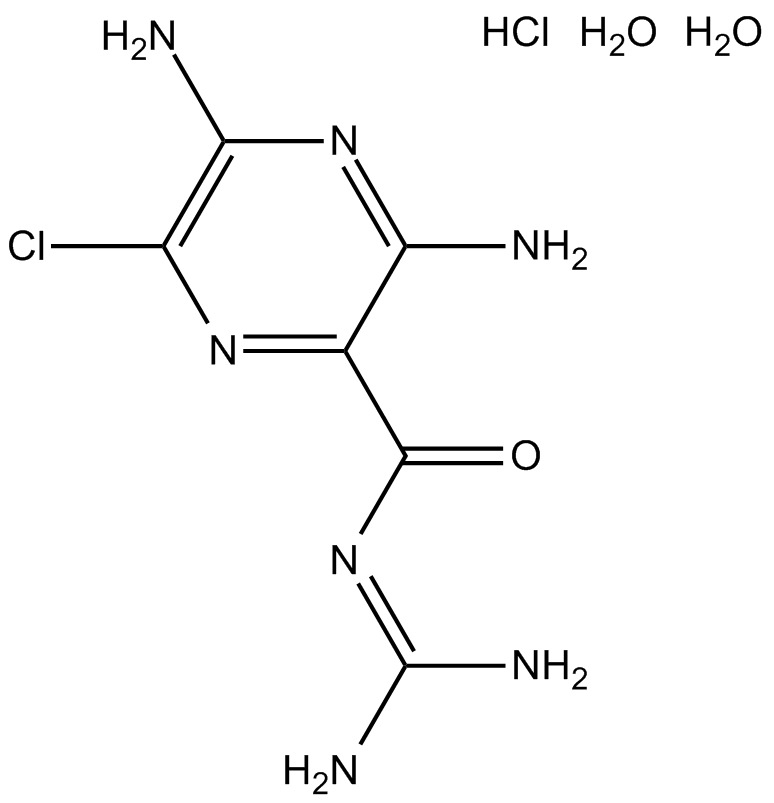 B2268 Amiloride HCl dihydrateTarget: Voltage-gated Sodium (NaV) Channels|Voltage-gated Calcium Channels (CaV)|UrokinasesSummary: potent epithelial sodium channel (ENaC) blocker
B2268 Amiloride HCl dihydrateTarget: Voltage-gated Sodium (NaV) Channels|Voltage-gated Calcium Channels (CaV)|UrokinasesSummary: potent epithelial sodium channel (ENaC) blocker -
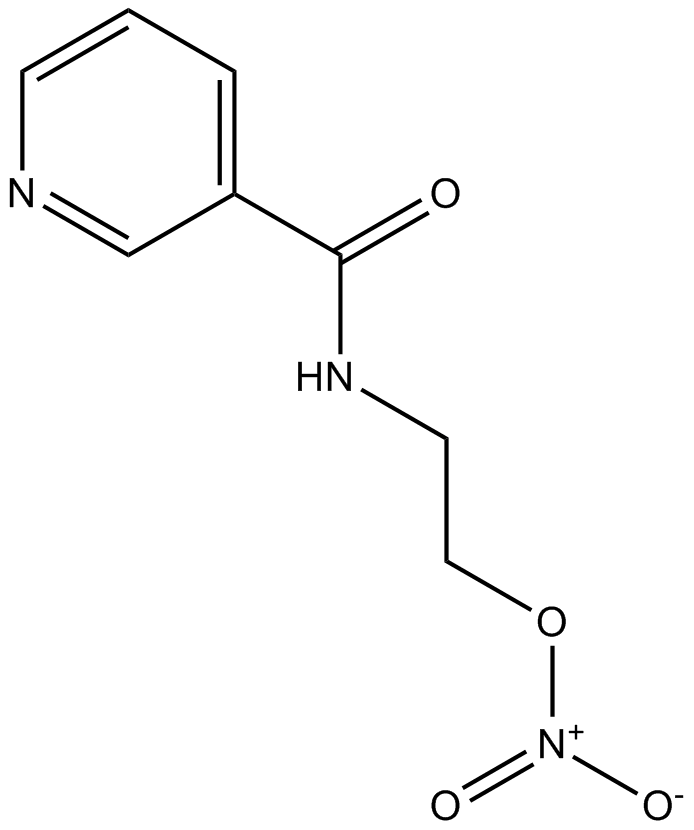 B2197 NicorandilSummary: Potassium channel activator
B2197 NicorandilSummary: Potassium channel activator -
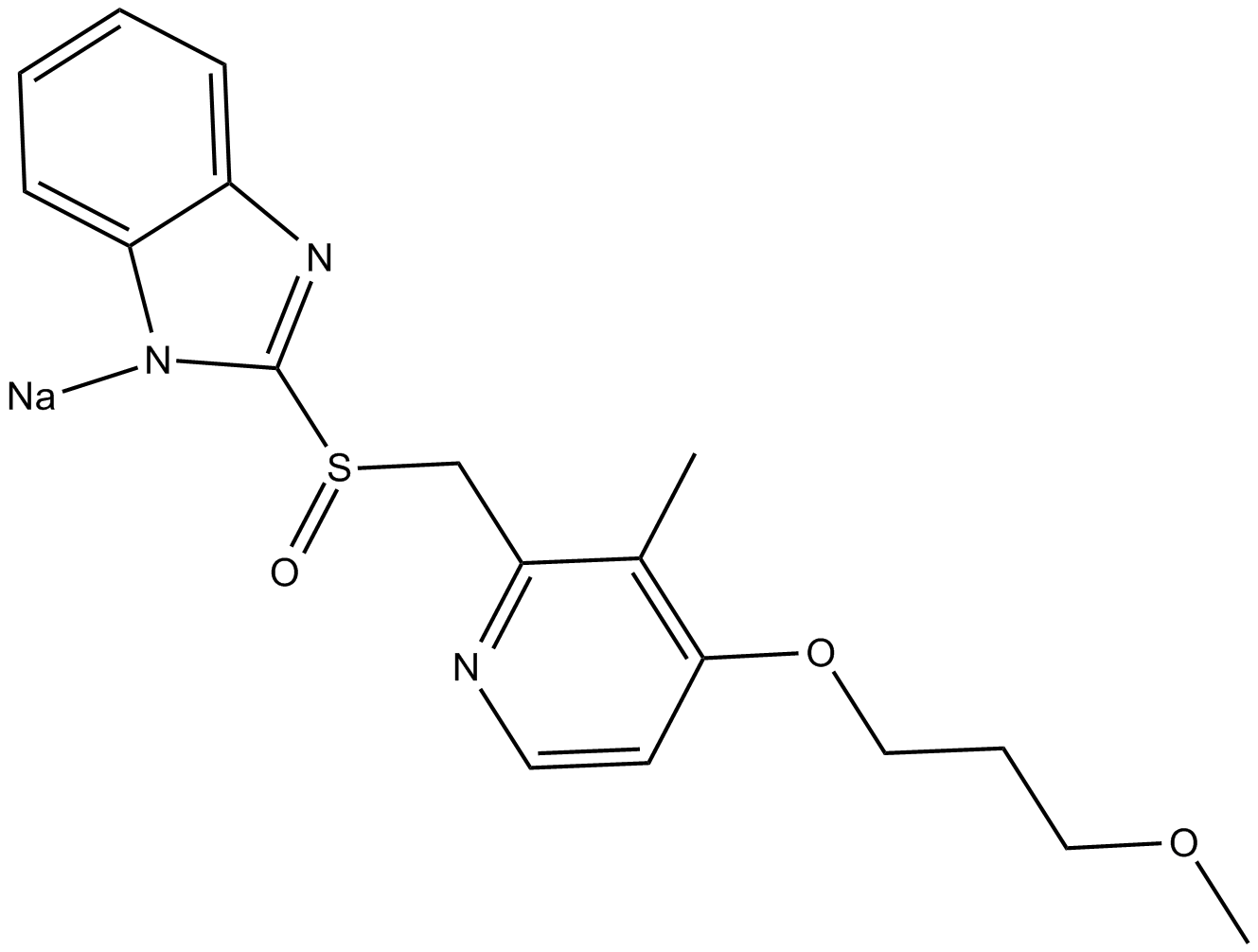 B3466 Rabeprazole sodiumSummary: proton pump inhibitor
B3466 Rabeprazole sodiumSummary: proton pump inhibitor -
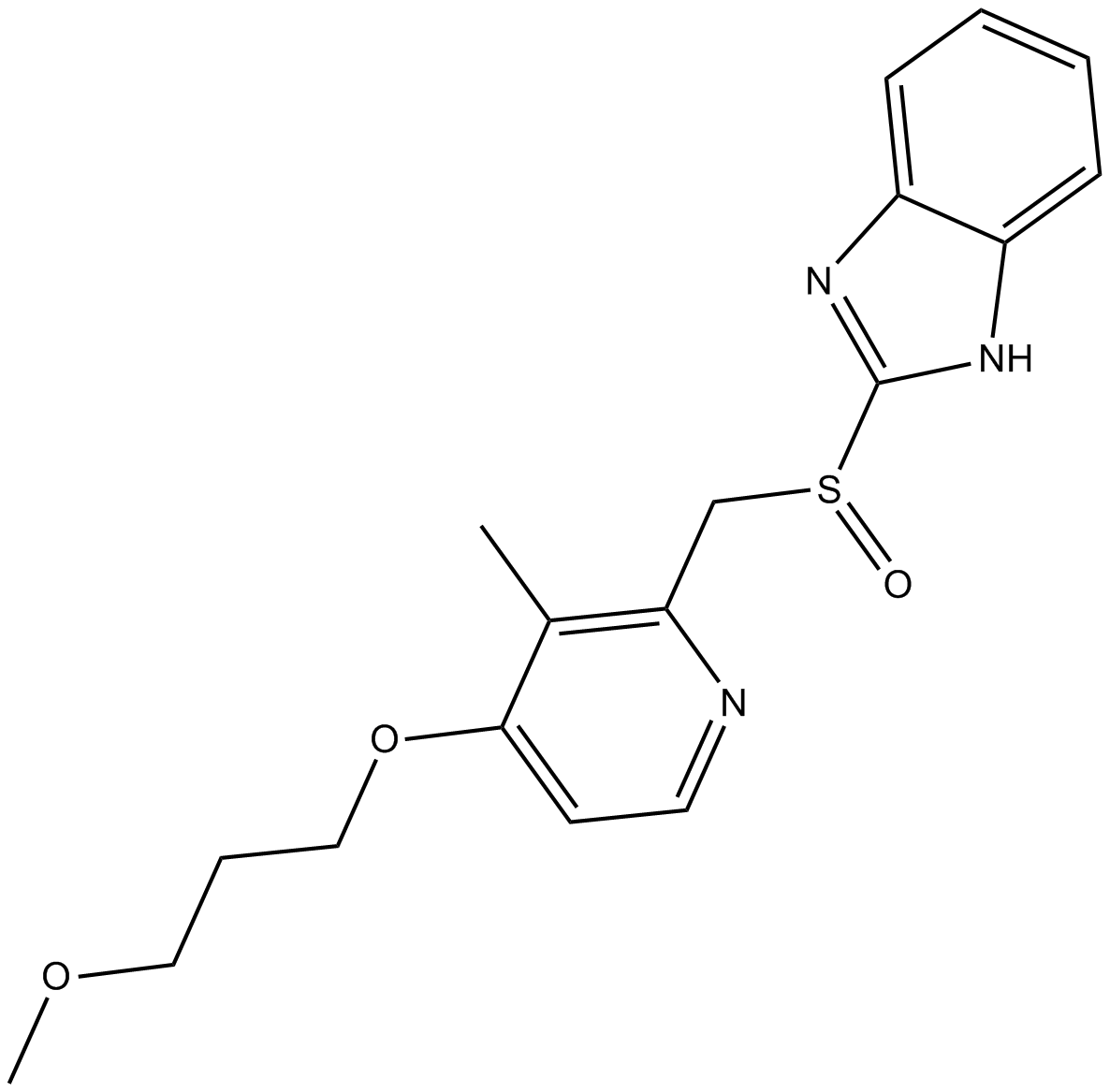 B3467 RabeprazoleSummary: proton pump inhibitor
B3467 RabeprazoleSummary: proton pump inhibitor -
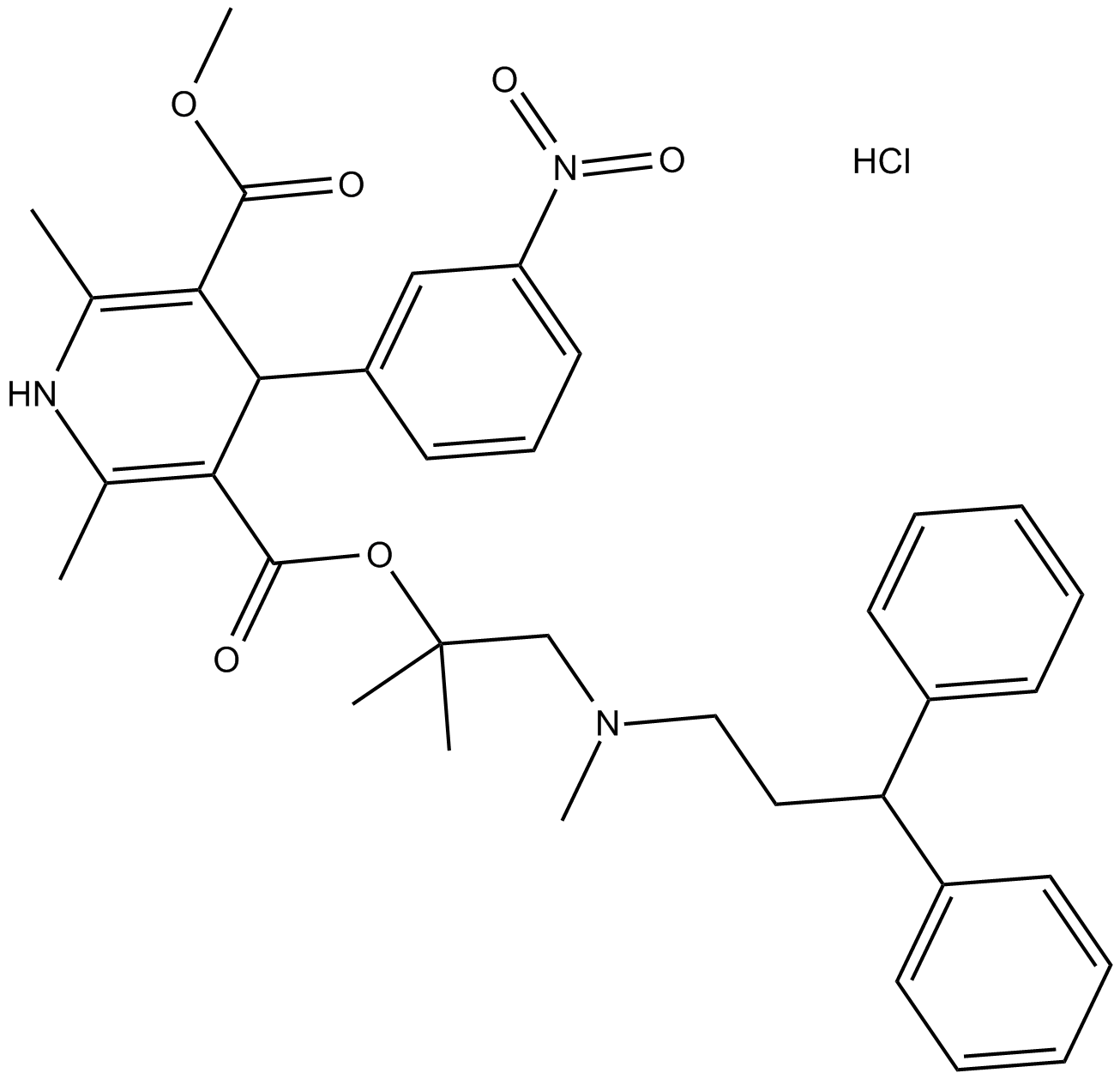 B3482 Lercanidipine hydrochlorideSummary: calcium channel blocker
B3482 Lercanidipine hydrochlorideSummary: calcium channel blocker -
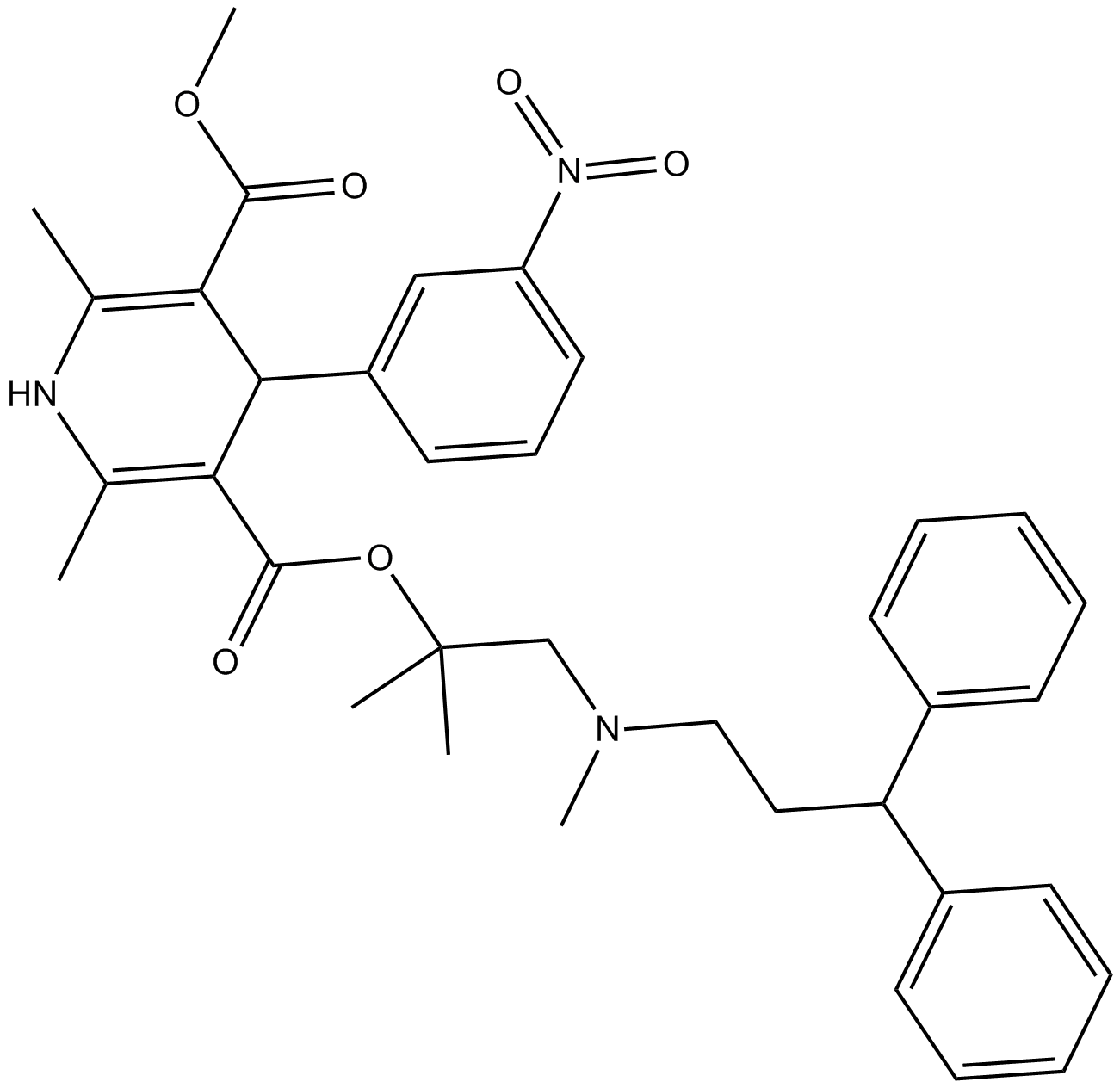 B3483 LercanidipineSummary: calcium channel blocker
B3483 LercanidipineSummary: calcium channel blocker -
 B3504 PPQ-102Summary: potent CFTR inhibitor
B3504 PPQ-102Summary: potent CFTR inhibitor -
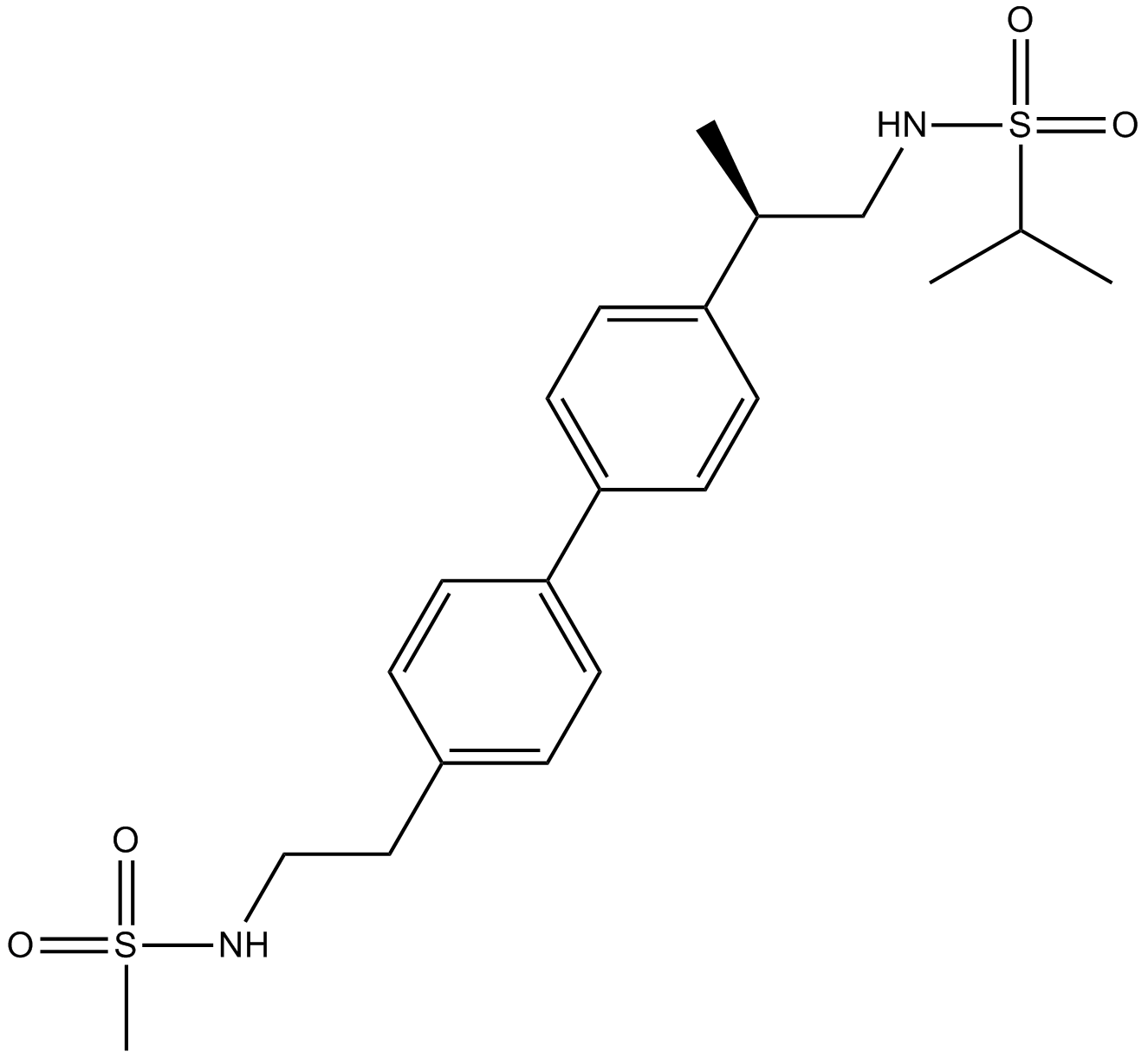 B4658 LY451395Target: AMPASummary: Allosteric modulator
B4658 LY451395Target: AMPASummary: Allosteric modulator -
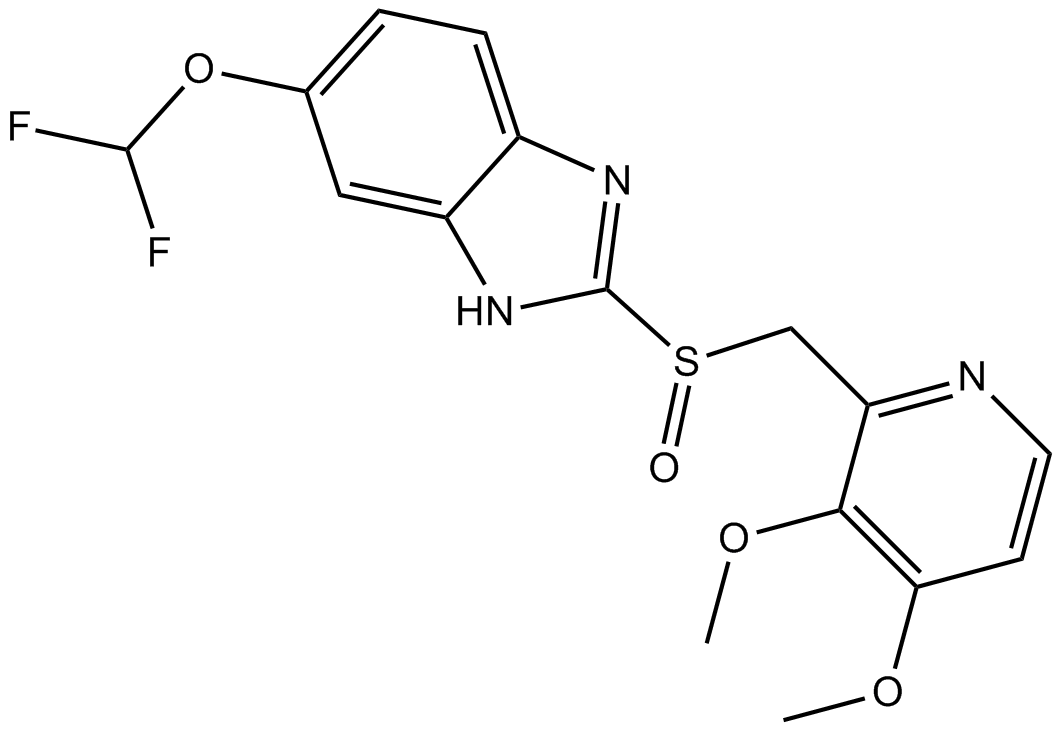 B4720 PantoprazoleSummary: H+/K+-ATPase inhibitor
B4720 PantoprazoleSummary: H+/K+-ATPase inhibitor -
 B6218 L-(-)-threo-3-Hydroxyaspartic acidSummary: EAAT1-4 inhibitor/non-transportable EAAT5 inhibitor
B6218 L-(-)-threo-3-Hydroxyaspartic acidSummary: EAAT1-4 inhibitor/non-transportable EAAT5 inhibitor

